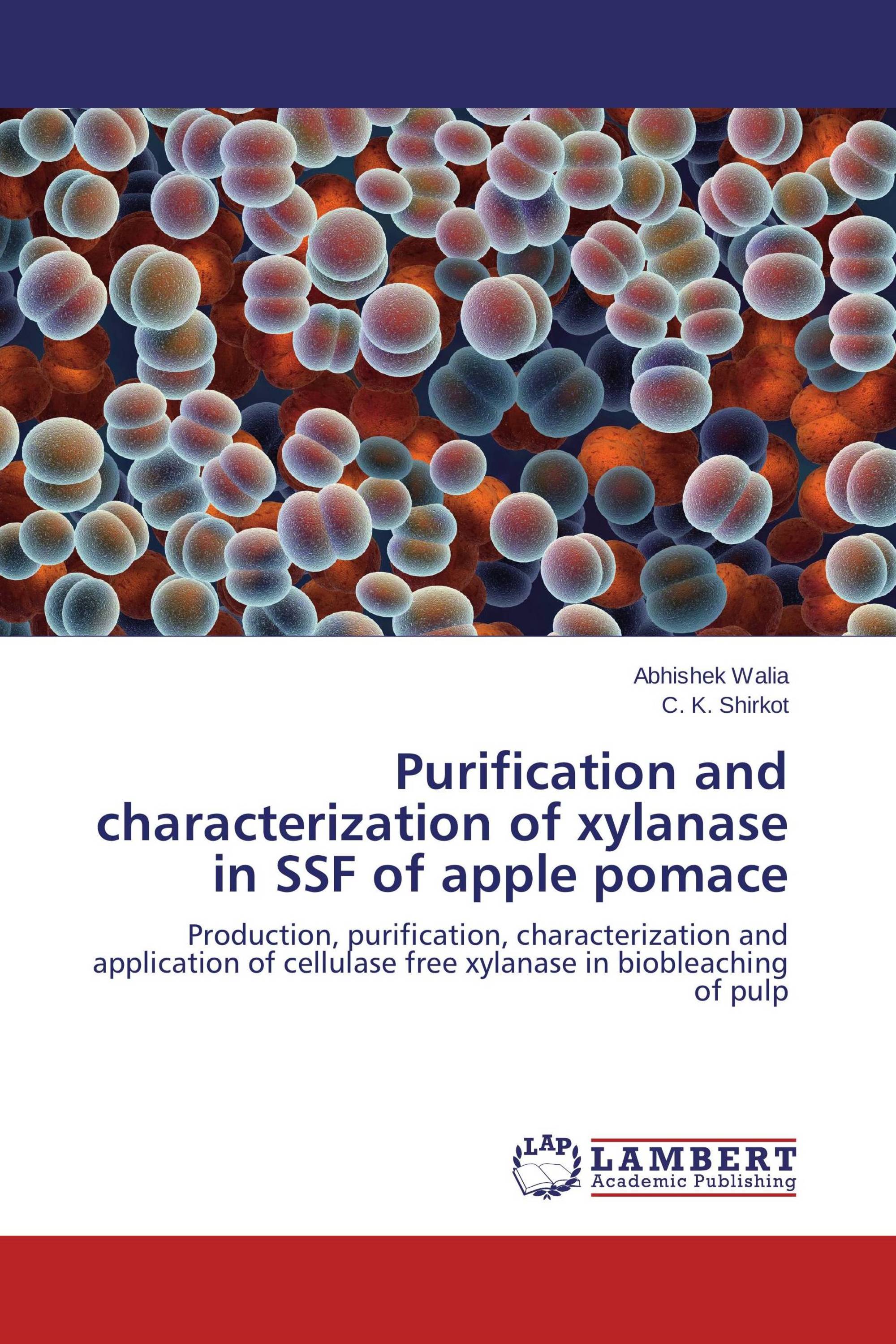Purification and characterization of xylanase in SSF of apple pomace
Production, purification, characterization and application of cellulase free xylanase in biobleaching of pulp
€ 82,90
Xylan is the major hemicellulosic constituent of hard and soft wood, and is the next most abundant renewable polysaccharide after cellulose.Xylanases and associated debranching enzymes produced by a variety of microorganisms including bacteria, yeast and filamentous fungi, bring about the hydrolysis of hemicelluloses. Xylanolytic enzymes are receiving increasing attention because of their potential application in pulp bleaching and bioconversion of lignocelluloses into feedstocks and fuels.The xylan degrading system includes endo-1,4-xylanases (1,4-β-xylan xylanohydrolase; EC 3.2.1.8), which release long and short xylo-oligosaccharides, and other xylanases that attack only longer chains, and β-D-xylosidase (1,4-β-xylan xylohydrolase; EC 3.2.1.37), which remove D-xylose residues from short xylo-oligosaccharides. Cellulase-free xylanases are important in the paper and pulp industry as alternatives to the use of toxic chlorinated compounds. For the last two decades the bleaching of pulp has become an issue of great concern, primarily because of the environmental hazards caused by the release of the adsorbable organic halogens and due to increasing public awareness thereof.
Book Details: |
|
|
ISBN-13: |
978-3-659-50431-0 |
|
ISBN-10: |
3659504319 |
|
EAN: |
9783659504310 |
|
Book language: |
English |
|
By (author) : |
Abhishek Walia |
|
Number of pages: |
284 |
|
Published on: |
2015-08-19 |
|
Category: |
Microbiology |
